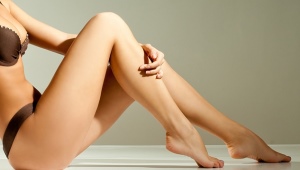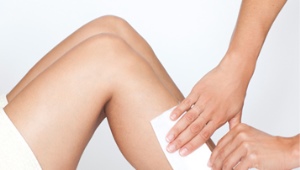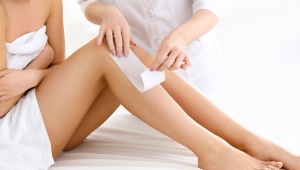Photoepilation of the bikini zone

In the process of personal care, a special place is given to the removal of excess hair. To date, a huge number of cosmetic products and procedures have been developed, thanks to which you can get rid of body hair. The photoepilator copes with this problem perfectly. This device in a few sessions will free you from unwanted vegetation forever.

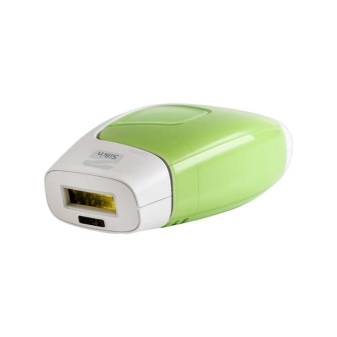
Many girls choose photoepilation in the bikini area as a method of getting rid of unwanted hair in sensitive areas.
This is a very delicate part of the body, so almost all women experience pain when removing hair in this area. This procedure has a number of advantages: weak pain compared to other methods, as well as efficiency and safety.
There are two ways to solve this problem:
- depilation – mechanical hair removal;
- epilation - destruction of hair follicles with a special laser, light or current. Next, we consider in detail the second method using the example of photoepilation in the intimate area.

Peculiarities
The bikini area is very sensitive. To prepare the skin for photoepilation, an anesthetic cream is applied to it, which can significantly reduce discomfort.It is worth noting that this technique was invented relatively recently, but in a short period of time it has gained huge demand around the world.
Under the influence of flashes of light, hair follicles begin to collapse. After the first treatment, hair volume is reduced by 25%. To completely get rid of hair, you will need several sessions.
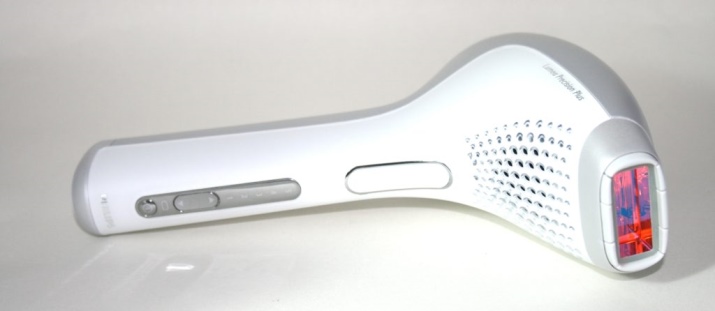
How does the device work?
Light waves act on the skin. Depending on the type of skin, hair thickness and other individual parameters, the strength of the impulse is selected, as well as its depth. The flash has a direct effect on the hair follicle and on the hair itself. Experts note that irreversible consequences occur immediately after the first session. Photoepilation will be successful only if the procedure is carried out at a certain stage of hair growth.
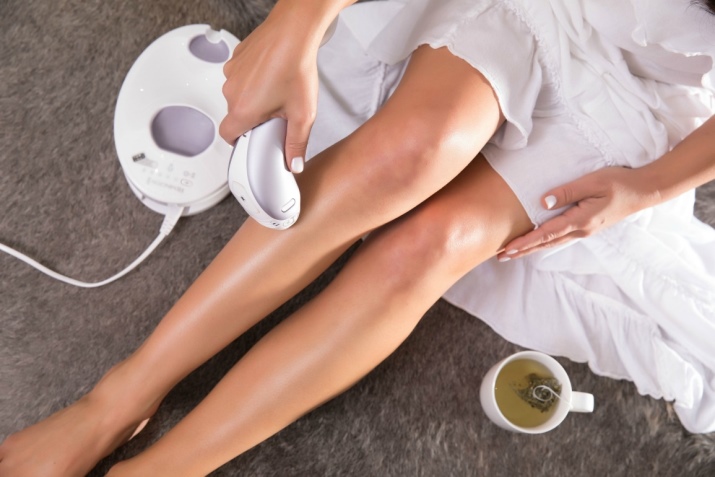
Proper preparation
Before signing up for a hair removal session in a beauty salon, you need to prepare for the procedure. In order for the procedure to give the expected result, several points must be observed:
- Pick the right date. It is recommended to do photoepilation in the period from the 4th to the 7th day of the menstrual cycle. Some girls advise signing up for a session on the last day of the MC. It is then that the pain threshold rises, and hormonal changes in the body do not allow hair to grow quickly. Experts note that in the evening the pain canopy is lower than in the morning.
- Optimal hair length for photoepilation - 2 millimeters.
- Before going to the salon it is recommended to steam the skin with a hot bath. This will reduce pain during the procedure.
- If the skin in the intimate area is very sensitive, it is necessary to choose a special anesthetic. You can buy it at any pharmacy.
- Before making a decision you need to consult with a specialist about epilation.

Indications
The technique of hair removal in the bikini area is divided into two stages:
- deep bikini represents getting rid of hair in the perineal region and on the labia;
- simple bikini - getting rid of pubic hair. Specialists identify the main indication for this procedure - this is unwanted vegetation, with which the client wants to say goodbye forever. Effective exposure should not be expected for owners of gray, very blond, and red hair in the bikini area.
Despite the popularity, versatility, availability, effectiveness and safety of the procedure, there are a number of contraindications, due to which it is necessary to abandon photoepilation.
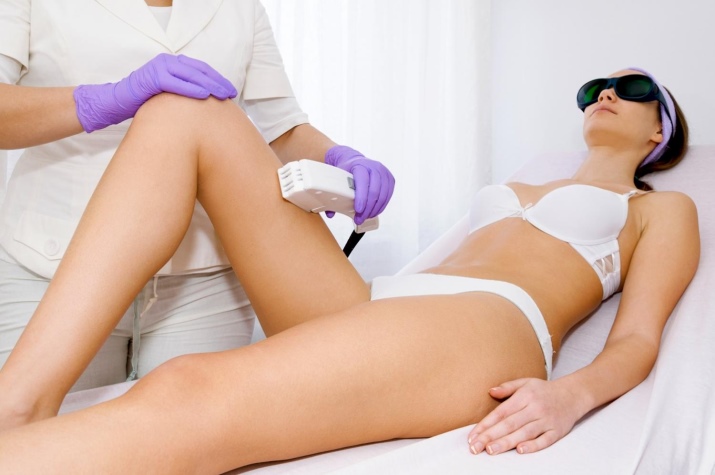
Contraindications
Before using hair removal with a photoepilator, you need to familiarize yourself with a number of contraindications. Otherwise, you will not be spared unpleasant consequences.
- Pregnancy and lactation.
- Wounds, cuts, abrasions, scars and other damage to the skin.
- Burns, including sunburn.
- Diabetes.
- Various psychological deviations.
- Epilepsy.
- Inflammation and infection in the intimate area.
- Increased sensitivity to sunlight.
- Tattoos, age spots, moles.
- Oncology.
- SARS, colds and viral diseases.
- Violation of circulatory processes.
- Pathologies of the cardiovascular system.


If you really want to try this procedure on yourself, but have one or more of the above contraindications, do not risk your health. Be sure to consult with a beautician before the session, otherwise, instead of getting rid of hair, you will get serious problems.
Stages
The procedure for getting rid of hair with the help of a photoepilator is carried out in several stages. Their number is determined by the specialist who performs the procedure. The average number of sessions is from 4 to 8 procedures. Between trips to the salon, you need to give the skin a rest and recover for about 2-4 weeks. To make an appointment, a client may be required to provide a certificate from a dermatologist or gynecologist.
Before going to the salon, you can not shave the bikini area. You also need to protect your skin from exposure to sunlight and tanning beds and spend at least a week without tanning. A session lasts an average of 20 minutes. To reduce sensitivity, the skin is treated with special agents, including an anesthetic. The client's eyes are protected with goggles or a bandage. At the end of the procedure, the skin is soothed with cosmetic preparations.

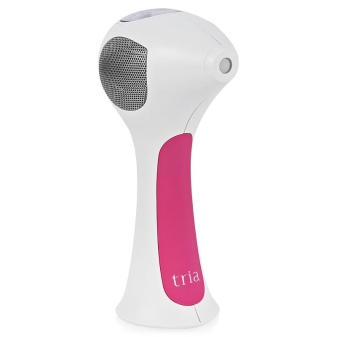
Intensity and number of flashes
An area of the body is affected by flashes of powerful light. Their frequency and quantity is determined by the beautician. For a deep bikini procedure, about 90 flashes are needed. For the treatment of the pubis, from 30 to 60 flashes are used.

Side effects
The main disadvantage of photoepilation is the side effects that cannot be avoided. It is worth noting that each person's body, and in particular, the skin, reacts individually to the hair removal procedure. The most common side effects are redness in the bikini area, discomfort (pain, burning), and swelling.
As a rule, all of the above unpleasant consequences disappear on their own in a few days without additional intervention and the use of cosmetics.

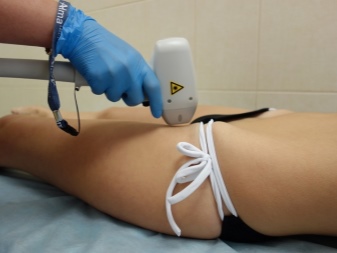
Not all girls tolerate the photoepilation procedure without problems.Sometimes the consequences after a vegetation removal session can be more expressive and unpleasant.
Slight redness and other effects are considered normal. More serious consequences are obtained if it is incorrectly prepared for the procedure or when hair removal is carried out by an inexperienced specialist:
Inflammation of the hair follicles, purulent formations are the consequences of improper skin care after epilation. They can appear if, after hair removal, you visit a pond or go to the pool.
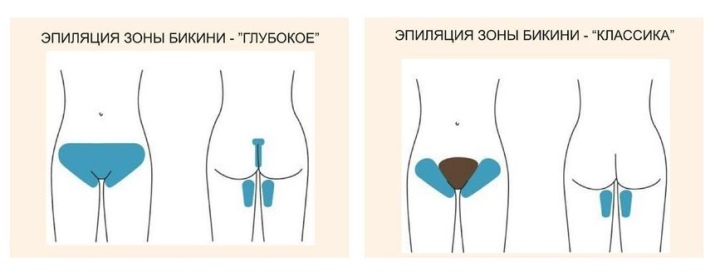
Burns occur as a result of incorrectly set parameters of light radiation or if the skin is hypersensitive.
Red rashes pass on their own, without intervention. The sensation of itching is an allergic reaction of the skin to light flashes.
Skin pigmentation can change the tone. As a rule, after that, gray hair begins to grow in the bikini area. Sometimes the photoepilator affects the hair with precision per turn. Increases the volume and speed of hair growth.

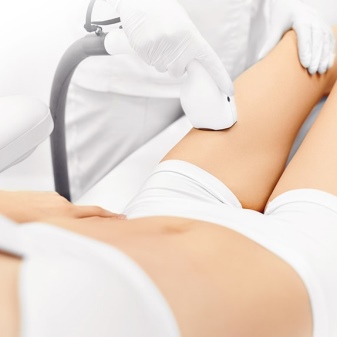
Recovery period
After the procedure, the skin needs to recover. Rehabilitation takes from 5 to 10 days. Remember that the skin in the bikini area is very delicate and sensitive. During the recovery period, it is recommended to abandon sunbathing, swimming pools, swimming in ponds. It is also not worth going to the sea or ocean. All recommendations of the cosmetologist must be followed unconditionally.
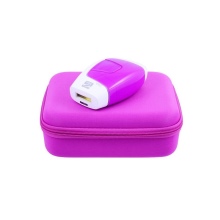

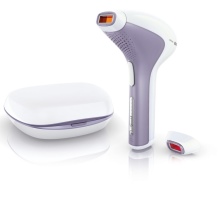
If you are tired of constantly struggling with unnecessary questions and getting short-term results after depilation, it's time to try out the photoepilation technique.
The main thing is to find an experienced specialist who will competently advise and correctly carry out the procedure so that the patient does not feel pain during the hair removal process, and the recovery period ends as soon as possible. In order for hair removal to give the expected result, for its part, the client needs to take into account all contraindications, assess potential harm, take into account reviews and how to prepare for the session.
You will learn more about photoepilation of the bikini zone from the following video.






















